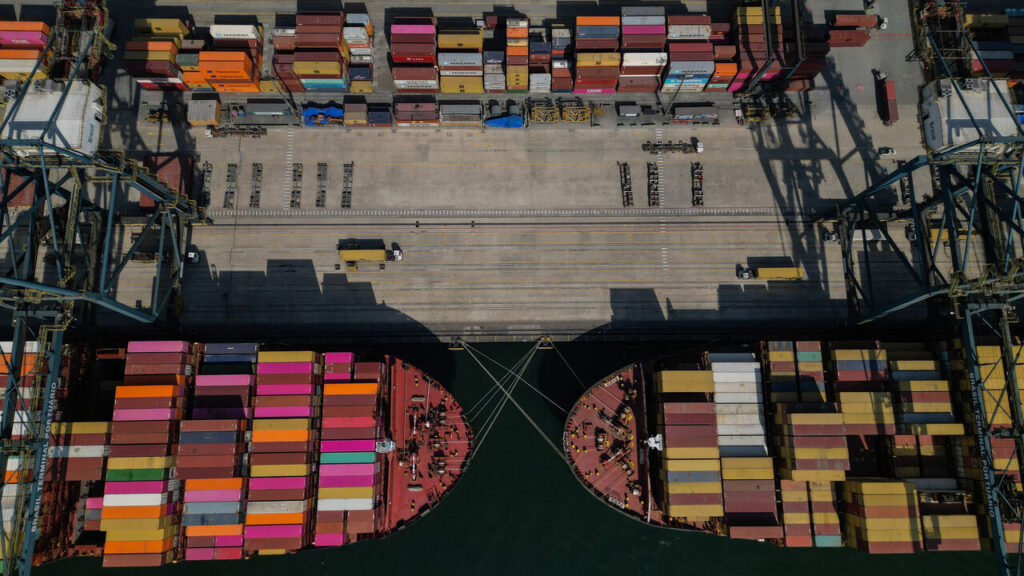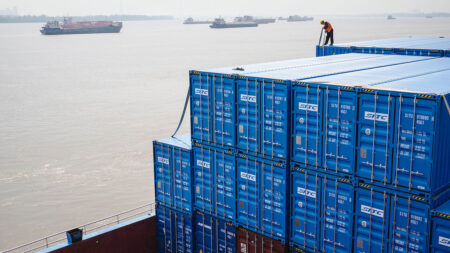In the previous year, the United States imposed tariffs averaging approximately 2% on its imported goods. However, the landscape has dramatically changed since President Donald Trump embarked on what has come to be known as the American trade war. As a result of escalating trade tensions and negotiations, the United States now faces an “effective” tariff rate that exceeds 16%. This marks a significant increase and represents the highest tariff levels the country has seen since the 1930s, a period marked by economic turmoil and the aftermath of the Great Depression. The implications of this shift are far-reaching, impacting consumers, businesses, and international relations.
One notable aspect of this new trade environment is the potential for further increases in tariff rates. President Trump has not been shy in expressing his concerns about trade imbalances and the practices of various trading partners. He has taken to drafting and sending strongly worded letters to a range of America’s largest trading partners, making it clear that further tariffs could be imposed as early as August 1. This proactive stance signals to the global marketplace that the U.S. is serious about renegotiating its trade relationships, particularly with nations it perceives as engaging in unfair trade practices.
These tariff increases have not only affected the numbers but have also evoked a range of reactions from different countries and market sectors. Trading partners such as China, Canada, and the European Union have expressed concern over the possibility of retaliation, creating an atmosphere of uncertainty in international commerce. Many economists warn that such high tariff rates can lead to a trade war, where countries retaliate with their own tariffs, ultimately resulting in heightened prices for consumers in both importing and exporting countries.
The consequences of the tariff escalation are being felt across various segments of the American economy. Industries that rely heavily on imported goods are particularly vulnerable; for instance, manufacturers that depend on foreign raw materials may face increased costs, which could trickle down to consumers in the form of higher prices for finished products. Furthermore, the agricultural sector has also been impacted as farmers find themselves subject to retaliatory tariffs from countries like China, significantly affecting their exports and income.
To complicate matters, the impact of these tariffs is compounded by ongoing economic conditions. The COVID-19 pandemic has already strained supply chains globally, and the added burden of increased tariffs has only made it harder for businesses to recover. Many companies are reevaluating their strategies and looking for alternative sources of supplies to mitigate costs. In some cases, businesses may even consider relocating their operations overseas to avoid the burden of U.S. tariffs.
Moreover, such trade policies might raise the question of whether they align with the broader economic goals of the United States. While aiming to protect domestic industries, there is a fine line between protectionism and fostering a competitive market environment. The lack of clarity regarding future trade policies can stymie investment and create a hesitance among foreign partners to engage fully with the American market.
In conclusion, the significant rise in tariffs since the beginning of President Trump’s trade war marks a pivotal moment in American trade policy with effects that will continue to unfold in various aspects of the economy. Businesses, consumers, and the international community must brace themselves for a complex and evolving trade landscape, as further increases in tariffs loom on the horizon. The American trade policy’s trajectory will not only shape the nation’s economic health but also its relationships with global trading partners.









